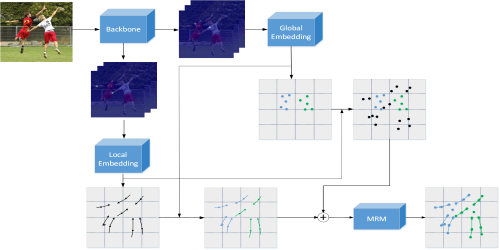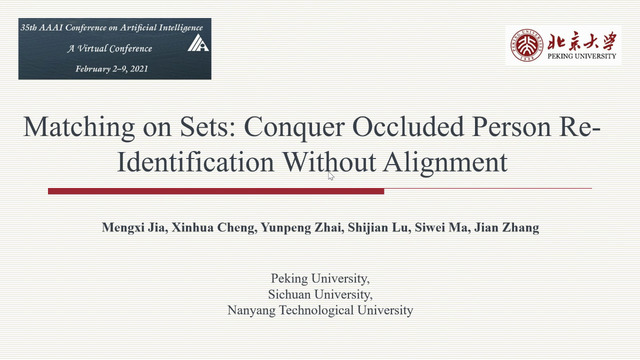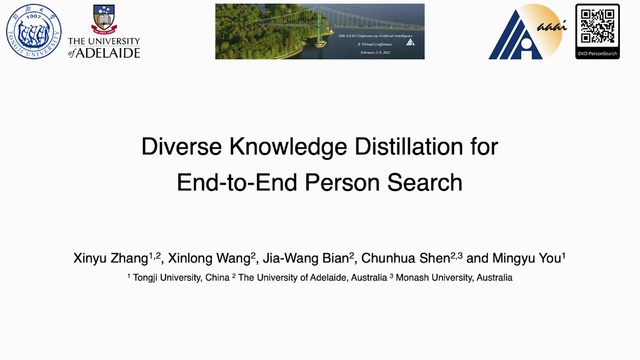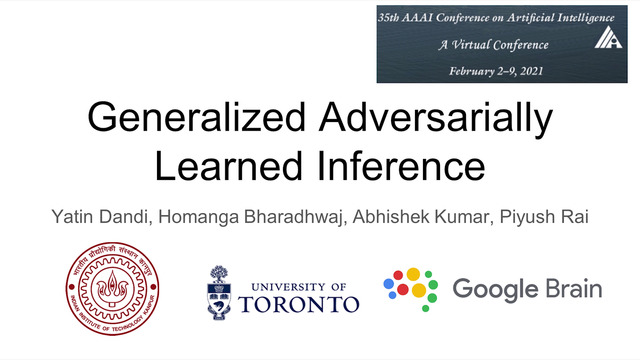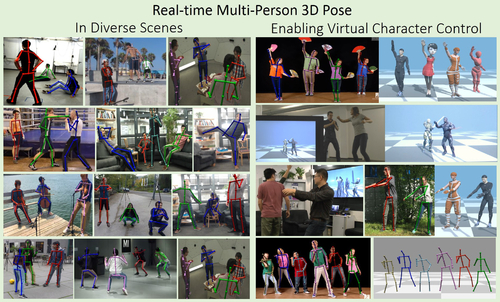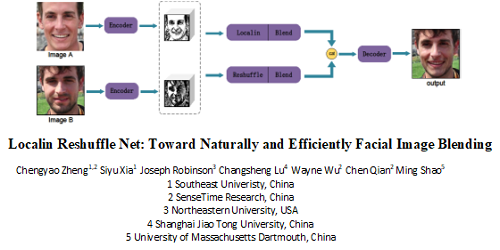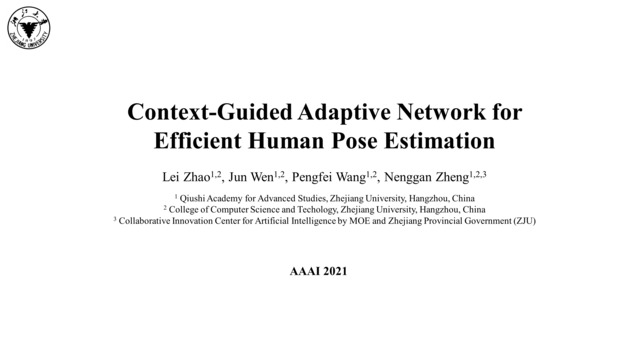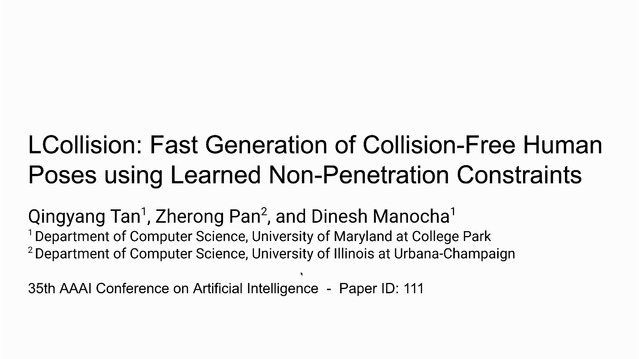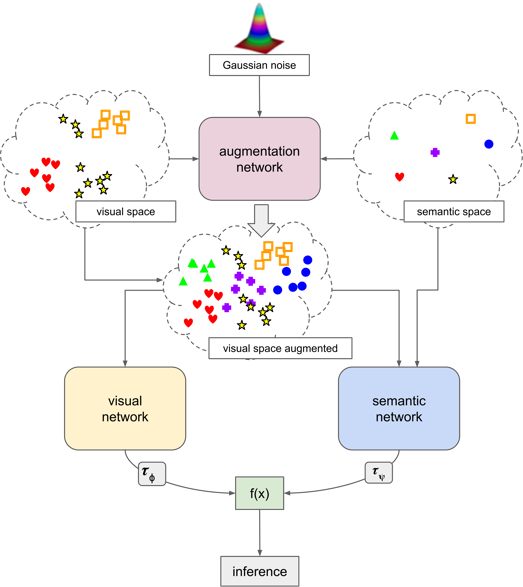Abstract:
Multi-person pose estimation is a fundamental and challeng-ing problem to many computer vision tasks. Most existing methods canbe broadly categorized into two classes: top-down and bottom-up meth-ods. Both of the two types of methods involve two stages, namely, persondetection and joints detection. Conventionally, the two stages are imple-mented separately without considering their interactions between them,and this may inevitably cause some issue intrinsically. In this paper, wepresent a novel method to simplify the pipeline by implementing per-son detection and joints detection simultaneously. We propose a DoubleEmbedding (DE) method to complete the multi-person pose estimationtask in a global-to-local way. DE consists of Global Embedding (GE)and Local Embedding (LE). GE encodes different person instances andprocesses information covering the whole image and LE encodes the lo-cal limbs information. GE functions for the person detection in top-downstrategy while LE connects the rest joints sequentially which functionsfor joint grouping and information processing in A bottom-up strategy.Based on LE, we design the Mutual Refine Machine (MRM) to reducethe prediction difficulty in complex scenarios. MRM can effectively re-alize the information communicating between keypoints and further im-prove the accuracy. We achieve state-of-the-art results on benchmarksMSCOCO, MPII and CrowdPose, demonstrating the effectiveness andgeneralization ability of our method.
